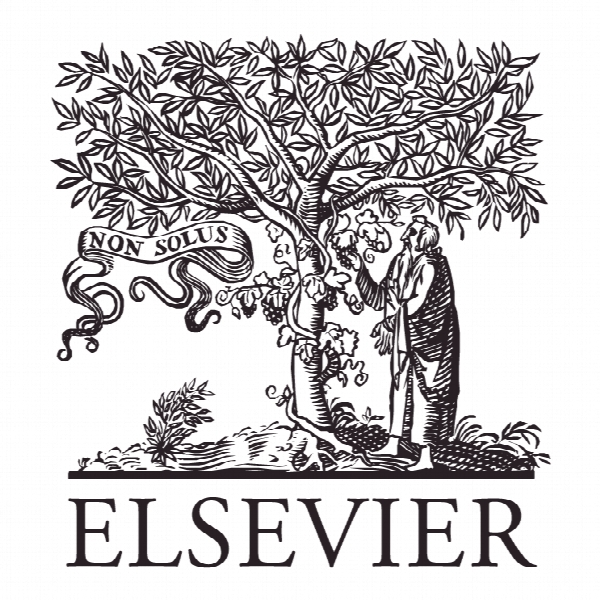قدرت تحریک خدمات: استنتاج مصرف کنندگان از قصد کنترل در پی تحریکات محرک محیطی خدمات The evoking power of servicescapes: Consumers’ inferences of manipulative intent following service environment-driven evocations
- نوع فایل : کتاب
- زبان : انگلیسی
- ناشر : Elsevier
- چاپ و سال / کشور: 2017
توضیحات
رشته های مرتبط مدیریت
گرایش های مرتبط بازاریابی
مجله تحقیقات بازاریابی – Journal of Business Research
دانشگاه دانشکده کسب و کار Kedge، فرانسه
نشریه نشریه الزویر
گرایش های مرتبط بازاریابی
مجله تحقیقات بازاریابی – Journal of Business Research
دانشگاه دانشکده کسب و کار Kedge، فرانسه
نشریه نشریه الزویر
Description
1. Introduction Recent service research considers the interactive process of value cocreation as one of the key priority areas to enhance extant knowledge of the field of services (Ostrom, Parasuraman, Bowen, Patricio, & Voss, 2015; Vargo & Lusch, 2004, 2008). In the service provision process, value is fundamentally co-created by multiple actors – always including the beneficiary – which all combine to produce and enhance the service experience. Within this process, consumers are no longer considered as passive; rather, they are conceptualized as beneficiaries and resource integrators, as proposed in the service-dominant logic literature (Lusch & Vargo, 2014; Vargo & Lusch, 2004, 2008, 2016). This fundamental change in perspective, however, raises the issue of the consumers’ participation in the co-creation process or, as Ostrom et al. (2015, p. 139) put it, another question: what happens if they “resist performing their expected co-production roles”? Though such concerns have been envisioned in the context of business-to-business (B2B) service systems (Breidbach & Maglio, 2016; Santos & Spring, 2015), or in B2C employee- and technology-related issues (Ostrom et al., 2015), research priorities must address how the coordination efforts (that the co-creation process requires) should be achieved, and how the necessary resources to enhance the service experience should be integrated. Among the resources for value co-creation, servicescapes – i.e., environments that form the particular setting and atmosphere where the service experience is produced and consumed (Bitner, 1992) – play a crucial role (Nilsson & Ballantyne, 2014; Spence, Puccinelli, Grewal, & Roggeveen, 2014). Within various forms of servicescapes and despite the growing number of possibilities to engage relationships with consumers (Ostrom et al., 2015), stores remain the privileged physical locations where services are offered and delivered (Dagger & Danaher, 2014). Hence, in the light of a goods-centered view, previous literature shows how retailers pay great attention to design in-store environments aimed at providing pleasant shopping experiences, at inducing positive mood, and enhancing consumers’ emotions, evaluations, and purchasing behavior (Baker, Grewal, & Parasuraman, 1994; Donovan, Rossiter, Marcoolyn, & Nesdale, 1994; Kaltcheva & Weitz, 2006; Spence et al., 2014). Therefore, servicescape variables – tangible and intangible ambient elements such as lighting, music, scent, and temperature – can be conceptualized as resources that participate in value propositions for specific segments of beneficiaries (Chandler & Lusch, 2015). So doing, a service-providing actor is able to exchange resources with specific consumer segments and, in turn, to draw from this exchange a “strategic benefit” (Vargo & Lusch, 2016, p. 7).


